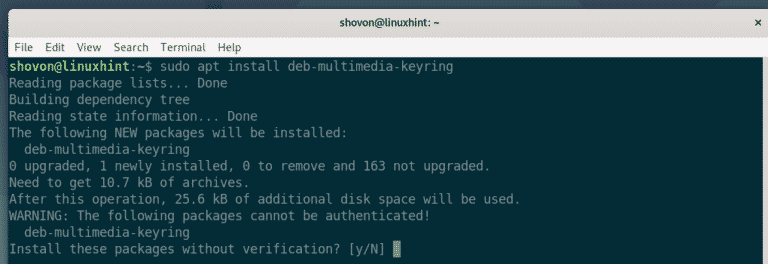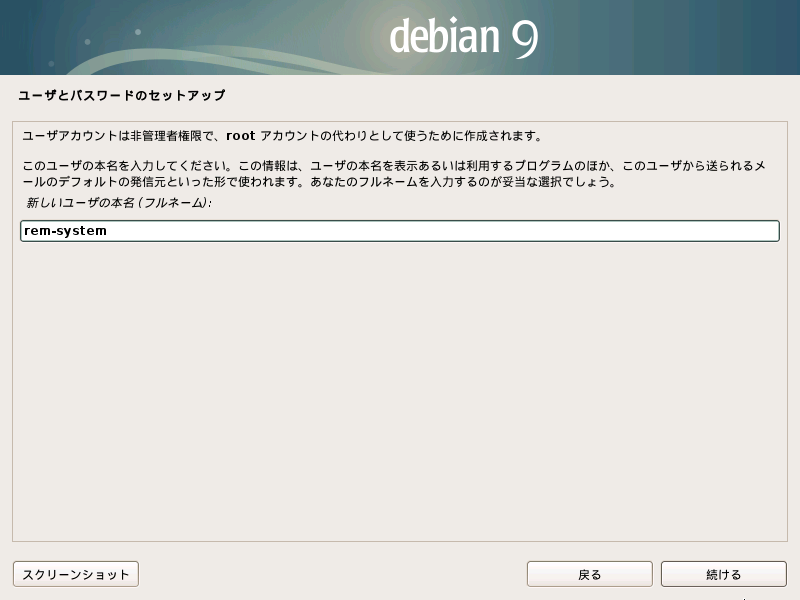

- Debian install cmake how to#
- Debian install cmake update#
- Debian install cmake archive#
- Debian install cmake software#
- Debian install cmake password#
Launch the terminal utility using the Ctl+Alt+T keyboard shortcut in your Debian system. Complete the following steps in order to install CMake on Debian: Step 1: Download CMakeĪs the official repository of Debian does not include CMake, we will use the tar.gz package available at the CMake official site. In this method, we will install the latest version of CMake using the command line.
Debian install cmake archive#
Method 2: Installing CMake Using Tar.gz Archive (Command Line) Once CMake is installed, you will see the following window:
Debian install cmake password#
Then, provide your password for authentication. Now, click Install to begin the installation of CMake on your Debian system. Once the application icon appears in the search result, click it to open the following window. Look for CMake application using the search button.
Debian install cmake software#
To begin the installation, open the Software Center in your system from the applications menu. Complete the following steps in order to install CMake on Debian: In this GUI method, we will install CMake from Debian Software Center. Method 1: Installing CMake Using Software Center (GUI) To install CMake on Debian 11, users must have sudo rights.
Debian install cmake how to#
In this post, you will learn how to install CMake on Debian 11 using the following ways: Options common to multiple signatures are covered here but they are valid only for signatures that specify.

Some of them define installation options for files and targets. Install rules in subdirectories added by calls to the addsubdirectory () command are interleaved with those in the parent directory to run in the order. Install rules specified by calls to the install() command within a source directory are executed in order during install ation. There are multiple signatures for this command. This command generates install ation rules for a project. CMake is a tool created by Kitware for a much more powerful environment that is used as an open-source project like VTK, ITK, etc. Changed in version 3.22: The environment variable CMAKEINSTALLMODE can override the default copying behavior of install (). It is the compiler-independent method used to generate the build files for different build systems. It is important to note that CMake does not build any software it just helps in the building process. The disadvantage to using dpkg like this is that error messages are likely to be cryptic dpkg doesn't automatically resolve dependencies or create the directory structure it expects.CMake is a free and easily available open-source tool that manages the build process in an OS. It used to be possible to install b with dpkg into one's home directory. The disadvantage to this approach is that you need the development environment available for this approach to work at all, and you might find yourself compiling dozens of packages in order to resolve all the dependencies.

Usually this looks something like: apt-get source package apt-get source Approachįinally, you could use the apt-get source command to fetch the source of the package and configure it to install locally. CMake generates native makefiles and workspaces that can be used in the compiler environment of your choice.

Debian install cmake update#
Install cmake Using apt-get Update apt database with apt-get using the following command. In the following sections we will describe each method. CMake is used to control the software compilation process using simple platform and compiler independent configuration files. There are three ways to install cmake on Debian 11. This is a somewhat involved process, but one you should be able find community help for as many developers set up chroot environments for compiling code. In this tutorial we learn how to install cmake on debian 9. schroot ApproachĪnother approach is to use schroot to create a non-root chroot. As long as all dependencies of the binary are installed, it should run as normal. Then you can export the PATH where the binary is. If the deb isn't in the Ubuntu repositories, apt-get package_name won't work, but you may be able to download it from a web site. deb Approach apt-get download package_name # replace `package_name` with the name of the package. Apt doesn't support it directly, but there are ways to do it.


 0 kommentar(er)
0 kommentar(er)
